at a cute little University town in Germany
Almost two decades since I first stepped into this romantic little University town in Germany. On an assignment at Nijmegen, Netherlands, I had decided to spend a few days at my brother-in-law’s house in Dreieich – a quiet suburb, around 10 km from Frankfurt International Airport. A museum dedicated to Count Ferdinand von Zeppelin, inventor of the first rigid airship ‘Zeppelin’ is in Dreieich, quite close to my brother-in-law's house..
I was excited when my niece Tanya drove me down to Heidelberg, about 100 km from Frankfurt. The main reason being I longed to see the place that boasted of the oldest university in Germany and one of the oldest surviving universities in Europe. The Schloss, a romantic twelfth-century castle. overlooking the university town below, the river Neckar (a tributary of Rhine), and the hills beyond were breathtaking views. Enough to instill a feeling of love at first sight. No wonder Heidelberg is known as an ‘epitome of the romantic German city’. On our trip to Europe in 2017, I decided to show the place to my wife. What gladdened me was that nothing much had changed since my last visit. Everything seemed so familiar. Whilst I joined the audience at Altstadt (the heartthrob of Heidelberg) to listen to a guitarist, my wife did some shopping along with my sister. Little did I know that I would come and stay in Heidelberg in another two years? It happened because of our younger son Arjun, who joined the Institute for Economics, Bergheimer campus of Heidelberg University. After shifting to more convenient accommodation, he invited us at the end of 2019. His apartment is located at Kirchstrasse. Walkable to his Bergheimer campus on Bergheimerstrasse; to Hauftbahnoff (the central rail station); to supermarkets like Kaufland, Aldi, Edeka; river Neckar; the long-distance bus station at Eppelheimerstrasse. The verandah of his house looks out onto a large courtyard and parking space fenced by a subtle combination of new buildings and buildings dating back perhaps to the Renaissance era in Europe. Fortunately, we had arrived there during the phasing out of the fall and advent of winter. What we experienced was one of the many gifts nature provides to the human race. Straggling maple shrubs and trees blooming, and every morning these deciduous maples shed their leaves creating an ecstatic view of large patches of yellow, orange, and deep red carpets all around. The artistic insight of my wife prompted her to collect the dried out deep red leaves for wall decoration back home. Almost every morning I used to go down and collect as many of the deep red variety, which she meticulously inserted between pages of books to keep them pressed. As days passed we knew more and more of this intriguing city and started moving around like the locals. Like, on clear mornings, after our son had left for the university, I used to walk down to a Turkish supermarket to buy provisions for the house and then cross the road to reach Hauftbahnoff, where the concourse is like a food plaza. I used to enjoy, in particular, sausage roll and a cup of hot coffee.
Heidelberg is cozily ensconced along the shores of Neckar, guarded on both sides by flanks of densely wooded Odenwald mountains Michelsberg and Kὂnigstuhl. The city earned the distinction of the ‘intellectual center of Europe’ during the period of the Holy Roman Empire. With the papal consent of Pope Urban VI, Elector Ruprecht founded the university in 1386. It was a private university and was reestablished as a state university in 1803 by the Grand Duke of Baden Karl Friedrich. The University, therefore, is also known as Ruprecht Karls University. Over the centuries, the university has grown on the plains of Heidelberg, on both sides of the river Neckar. The city too has grown alongside and has almost become an integral part of the university. The oldest campus is at Alstadt (Old Town). The Old Town campus is for Humanities Program and also houses several important buildings like the University Museum and a huge Canteen. The new university faces the old university at Universitat Platz (University Square). The second campus is on Bergheimerstrasse and is referred to as the Bergheim campus. Social Sciences and Alfred Weber’s Institute of Economics is located here. The third campus is on the north of the Neckar river, at Neuenheimer Feld. A sprawling campus, it houses Science, Engineering, Medicines, and Sports. There are several notable names connected with this university. Like chemist Robert Bunsen (1811-1899), physicist Gustav Kirchhoff (1824-1887), economist Max Weber, industrialist & Nobel Laureate Carl Bosch, Helmholtz, Helmut Kohl, Karl Jaspers, Karl Mannheim, Dmitri Mendeleev( the father of Periodic Law & Table), Somerset Maugham, Gottfried Keller, Max Born, Adolf von Baeyer, Mileva Maric(Physicist& Mathematician, and also the first wife of Albert Einstein. She also contributed in the elaboration of the theory of relativity), Auma Obama (half-sister of former US President Barak Obama), Fritz Haber, and Pope Pius II – the list is endless. Even the father of Anne Frank (Anne Frank’s Diary fame), Otto Frank was a student of the university. The list of Nobel Prize winners are also equally impressive – 55 recipients to date. The last winner was Prof Harold Zur Hausen, who received the prize in 2008 for Medicine (for his discovery of the relationship between the infection with the human papillomavirus and cervical cancer).
This cute German city is half the size of its next-door neighbor Mannheim. Small in size, but no less intriguing. A fact supported by a passage in Erica Jong’s “Fear of Flying’ where she mentions “In my snooping around town for ghosts, I had discovered the solidest ghost of all-a Nazi Amphitheatre nestled in the hills above Heidelberg. Going there became an obsession with me. Nobody in Heidelberg seemed to recognize the existence of the place and this denial gave the Amphitheatre an added appeal.” This is the most intriguing architectural Nazi heritage. The infamous Joseph Goebbels, who incidentally completed his Ph.D. on the German romantic author Wilhelm von Schulz in 1922 from Heidelberg University opened this Amphitheatre on 22nd June 1935. A perfect example of schizophrenia, Goebbels built it for trials and National Socialist discourse to large assemblies. Called it ‘Thingstatte’ – a place of gathering, designed for triggering anti-Semitism mainly. 1933 saw the advent of the Third Reich. Heidelberg University faculty and students started supporting the National Socialist German Workers’ Party (‘Nazi’ Party) the ideology of bringing in a totalitarian regime. They even took part in ‘Book Burning’ at the Universitatplatz.A part of the University purification process which involved cleansing the universities of their Jewish students and lecturers. Camouflaged by deeply wooded surroundings in the hills, today the Amphitheatre stands desolate and rejected by post-war Germany. Because Germany is ashamed of the dreaded Nazi ideology which was triggered by this place. But it’s all so beautiful, as nature has its way of defacing the sinister environment that had continued for almost a decade. Fresh, tingling air, the seating arrangement (for around 8000 people), and steps leading up the gradient with tufts of grass covering the concrete are all that pleasantly greeted us.
One day we went to the Schloss end of the river Neckar. The bus dropped us at Alte Brucke (Old Bridge) for taking a ride in Funicular to about 2000 ft. high Konigstuhl hill. The Old Bridge and Brukentor (Bridge Gate) were built with sandstone in 1788. It replaced the wooden bridge built way back in 1284. The stone bridge was the only building partially damaged during world war. Demolition attempt by the Nazis, to prevent the advancing US troops from seizing the city. It, however, did not work. The US troop seized the city without any further devastation and bloodshed. Heidelberg that way was fortunate to be amongst very few German cities unscathed by aerial bombings. Also lucky, in the sense, that Heidelberg’s next-door neighbors Mannheim and Ludwigshafen were subject to brutal Allied air raids. It was quite a winding climb to Funicular station. The rocky path winds through the old market and houses while leading to the funicular rail station. I always aspired a ride in funicular rail after having seen the system operating in Budapest for a ride to Buda Castle and Lisbon’s iconic Gloria Funicular. Funiculars use technology to climb and descend steep inclines for short distances. The starting station is Kornmarkt. The first station is Schloss (Heidelberg Castle). The next station for the modern funicular is Molkenkur. From there to Konigstuhl, the highest point is served by one of the world’s oldest funicular (over a hundred years old). As we climbed we enjoyed spectacular views of Neckar and Heidelberg.
A stroll down Hauptstrasse (Main Street) at Altstadt was the most enamoring part of our stay in Heidelberg. The longest pedestrian shopping precinct in Germany (about 1.5 km) has so much to offer and unravel. Additionally a remarkable coincidence! Christmas Market was on when we were there. A portion of the market was set up on the square at Bismarkplatz, where mainly hot Gluehwein wine or German mulled wine and food were available. The main Christmas market occupied the Universitatplatz (University Plaza). As dusk settled, the markets glittered. Varieties of wares and food from Germany as well as many other countries of Europe set up stalls at the Christmas Market. Sausage rolls, Prawns, Smoked Salmon were some of the delicacies we tried out on different outings. All delectable along with hot steaming cups of Glueh wine. Altstadt’s many charms beckoned us almost every day of our stay in Heidelberg. Normally we would get down at Biskmarkplatz terminus and walk down the pedestrian shopping precinct. Almost halfway down, after passing shops and eateries like Douglas, Hema, Galleria, Nordsee, we would come to a square where the city’s oldest church is located. The 14th century Church of Holy Spirit of Gothic architecture stands attractively with its stained glass windows and predominantly tall spire. The Protestant Church, with a few souvenir shops and cafes, occupies the square. There are old benches where one can relax with a cup of coffee, and enjoy the sight of this historic square. A little further towards the Schloss end stands a structure from the Middle Ages, surrounded in contrast by new buildings of the university. Known as the Witches’ Tower, this served as a prison for both males and females. The University Plaza, the old buildings of the university, the University Museum where on the top floor the University’s oldest auditorium is maintained, Hotel Ritter- a sixteenth-century hotel still going strong and operational, are all part of the old town (Altstadt). Our son treated us one day for lunch at Zeughaus Mensa im Marstall (the university students’ canteen). The red brick building was built during the middle ages to serve as a stable. The long building with lofted interior and low windows is located close to the church and converted into a university canteen. The system is buffet lunch. One has to select from numerous tempting dishes arranged on the tables and make a payment on a weight basis, irrespective of the type of food.
This time we stayed in Heidelberg long enough to explore and understand every wall, street, alley, and the square of the city. So much so, that when we step onto the streets of Heidelberg on our forthcoming visits, we would recall the streets, images, and vistas as much as the songs and music of our younger days evoke strong nostalgic moments. Like dropping at Nordsee quite often on our way back from Altstadt for refreshing on fried fish and chips, salmon or prawn delicacies; eating out at Yangda, a large Chinese restaurant on Tram line 5 en route Mannheim from Heidelberg; viewing the sprawling courtyard of the baroque palace at Mannheim; enjoying a spicy lunch at a Vietnamese eatery at Mannheim; changing bus at a pretty little square at Ludwigshafen for going to Decathlon; shopping at a Turkish shop at Kurfursten passage; having coffee at a coffee shop facing the Bergheim Campus, or coffee on the hilltop near Arjun’s earlier residence; and of course the Glueh wine and sausage rolls at the Christmas market; hopping between Heidelberg, Mannheim, and Ludwigshafen, the neighbouring trio known as Rhine Neckar Area.
Photo credit: Arundhati Sengupta












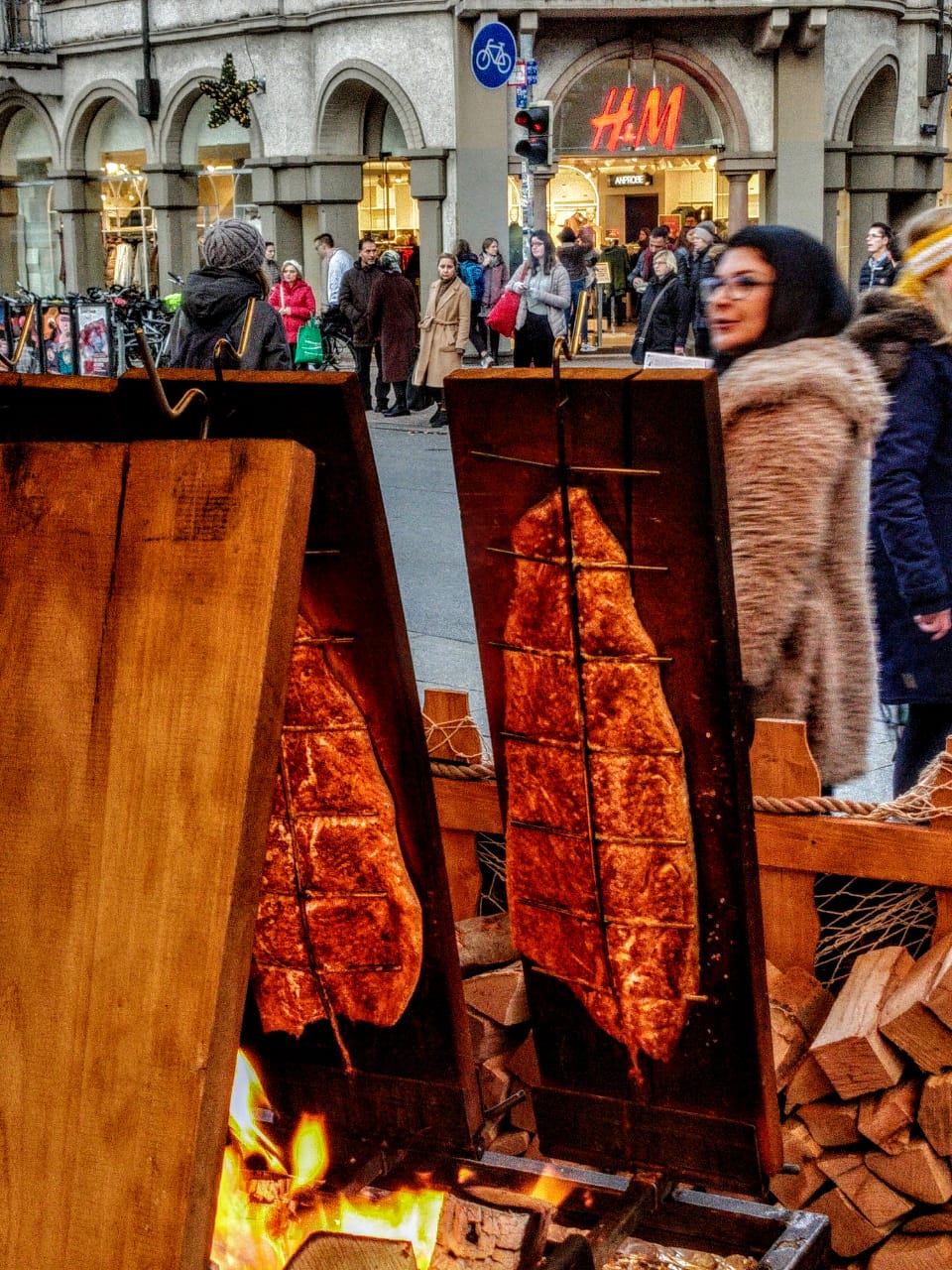









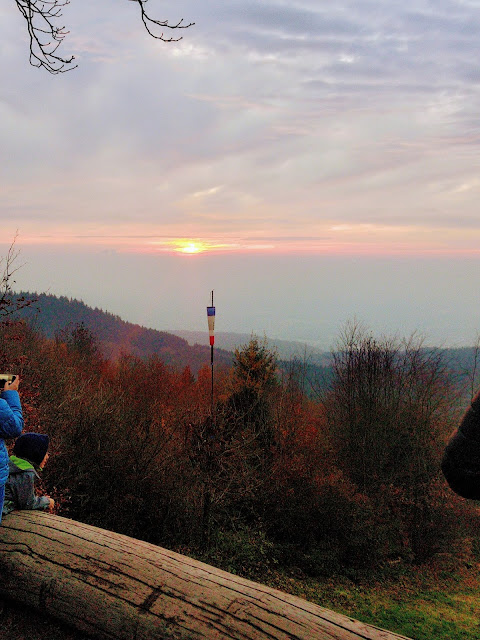
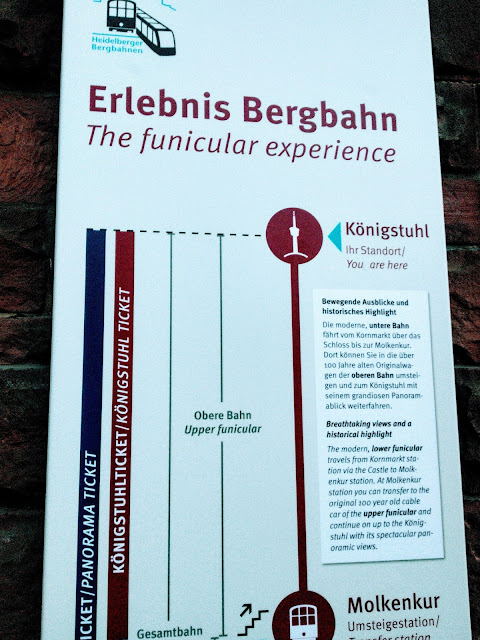
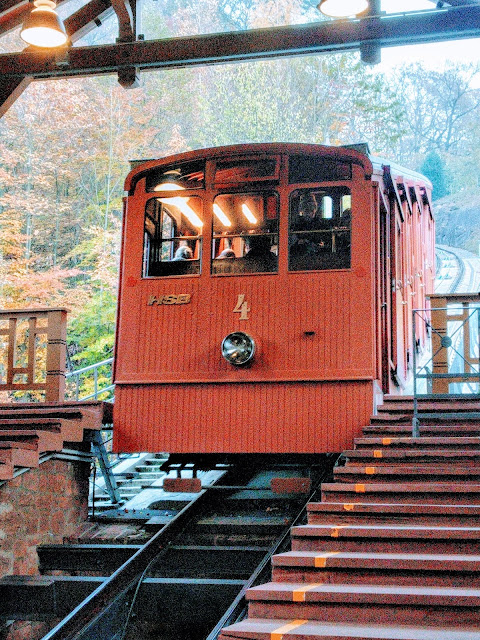



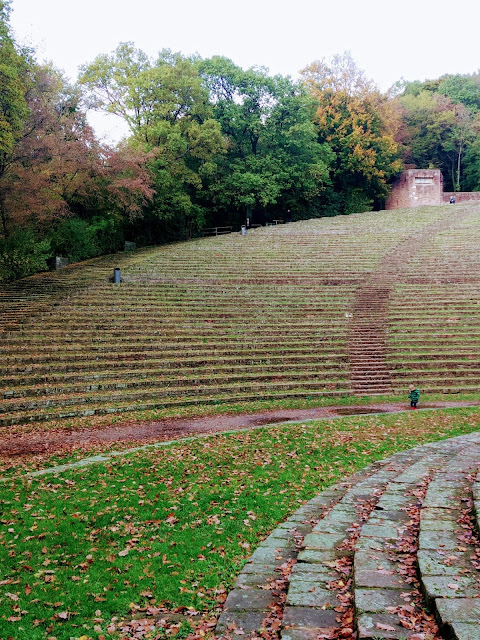




Comments